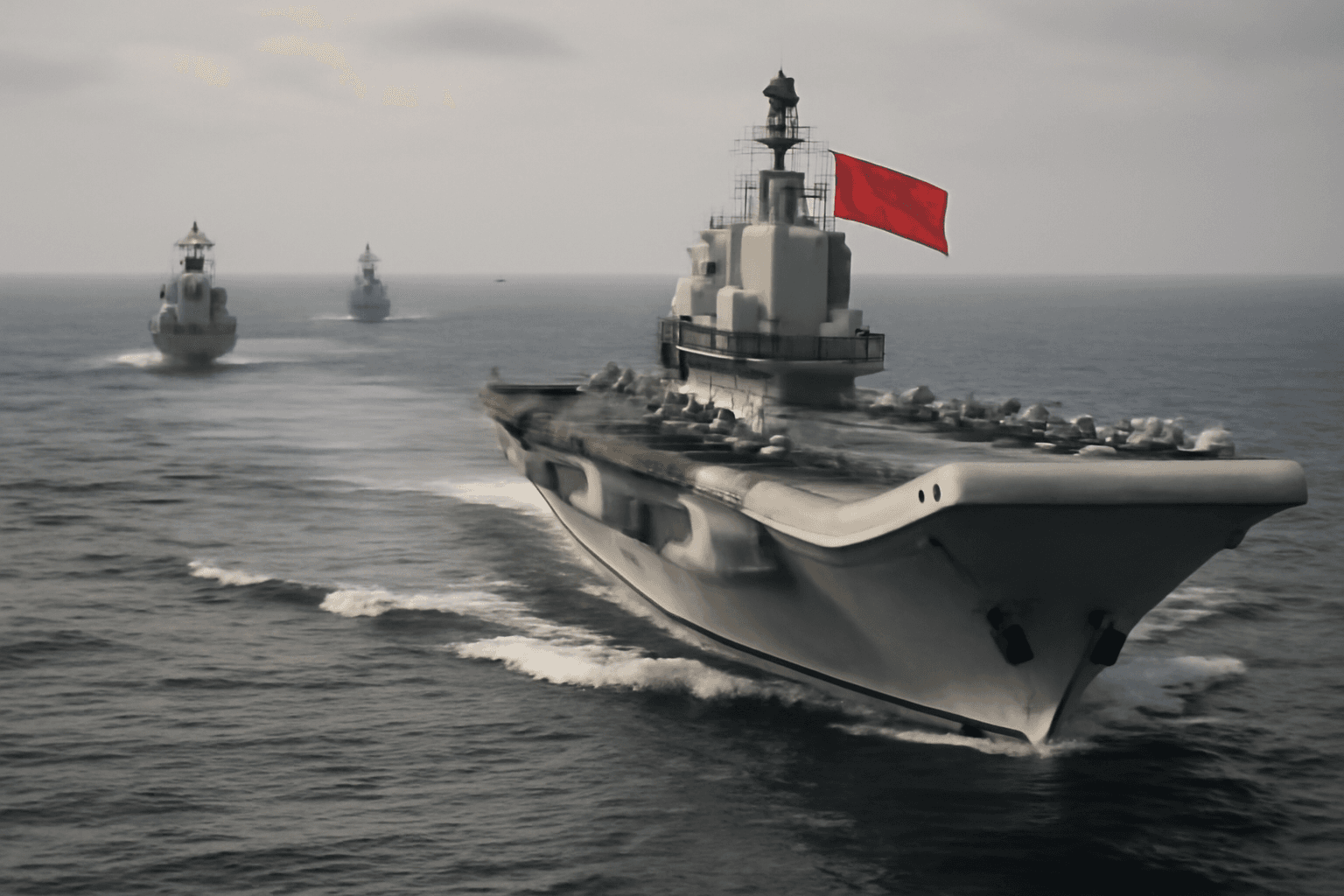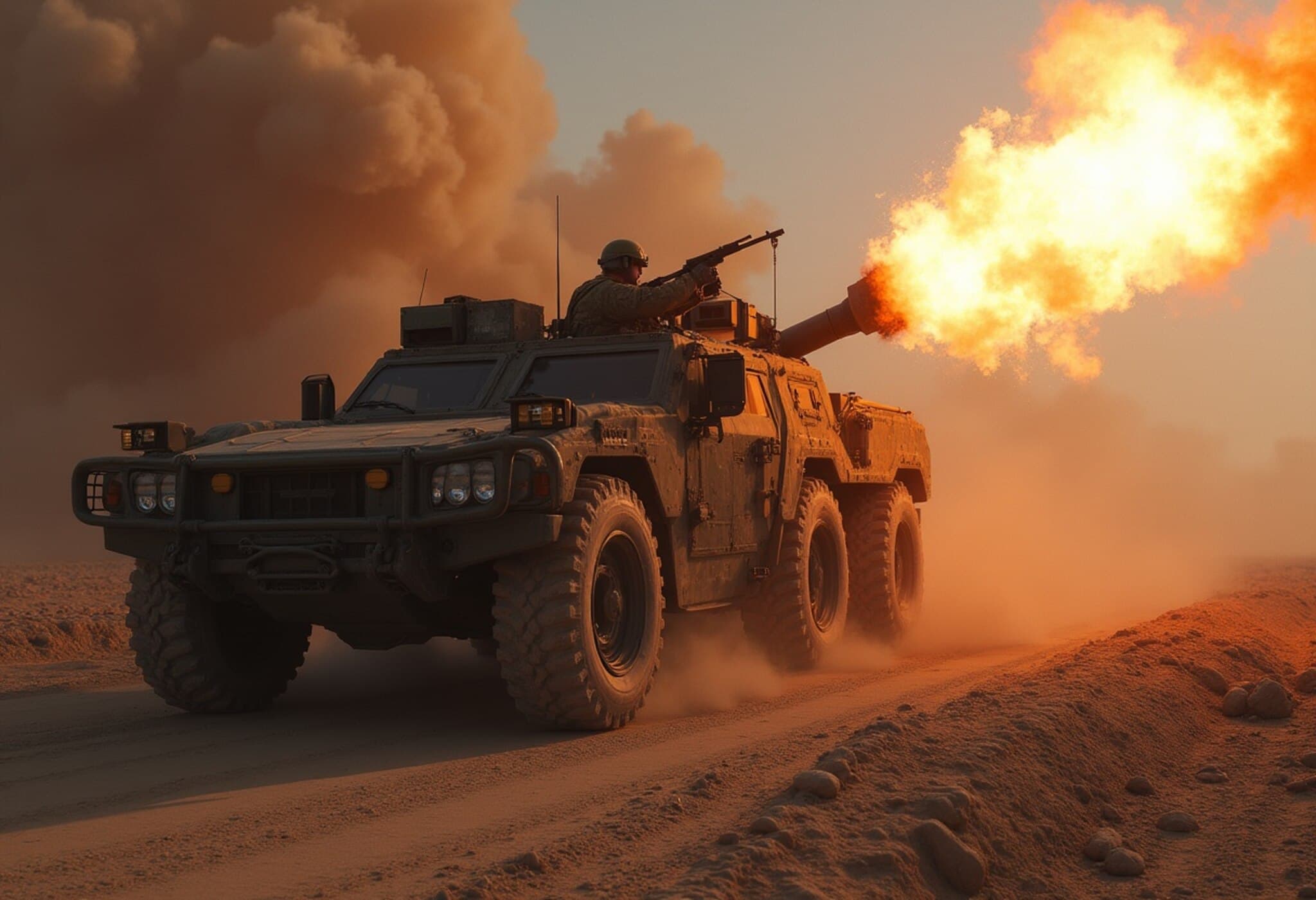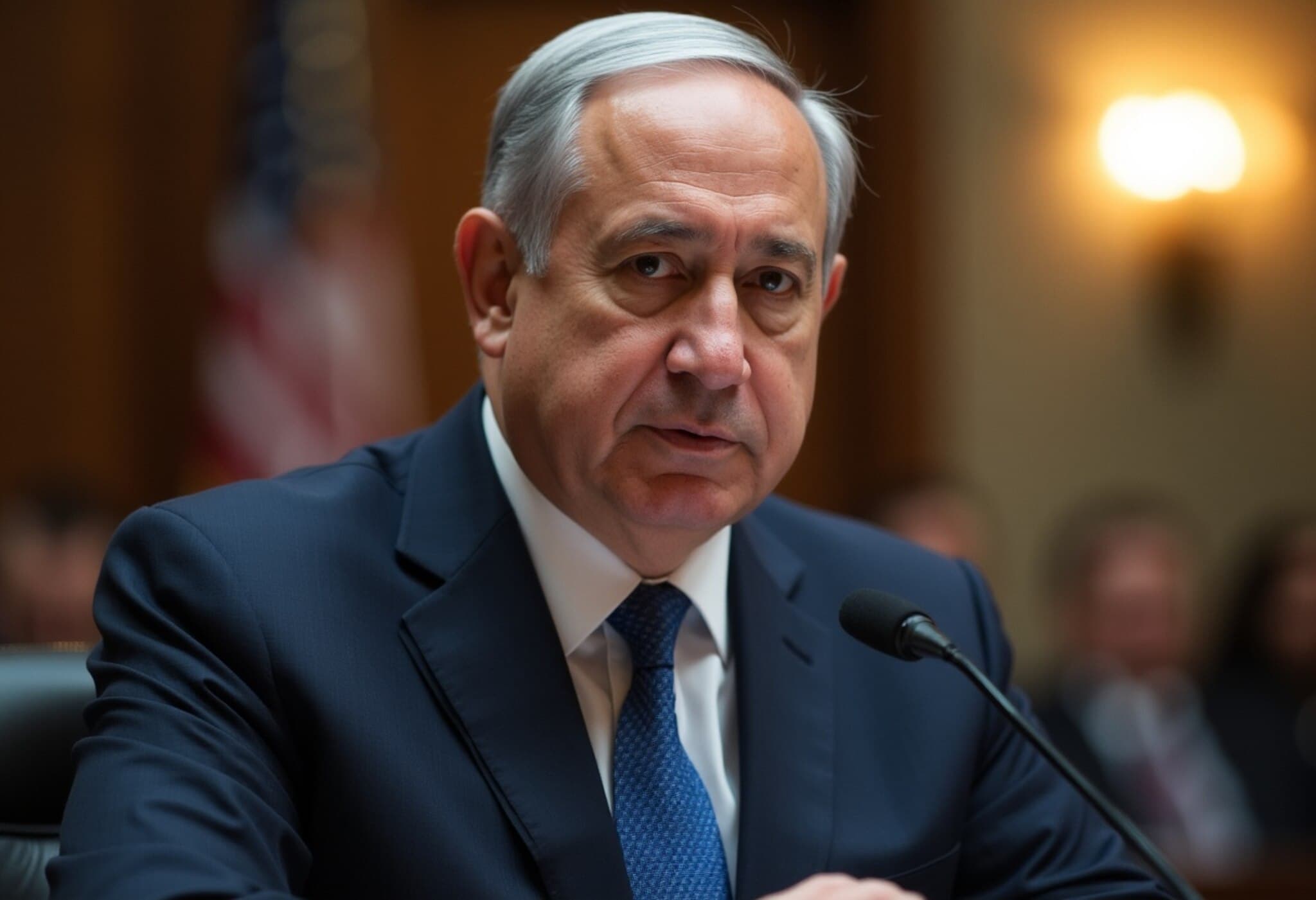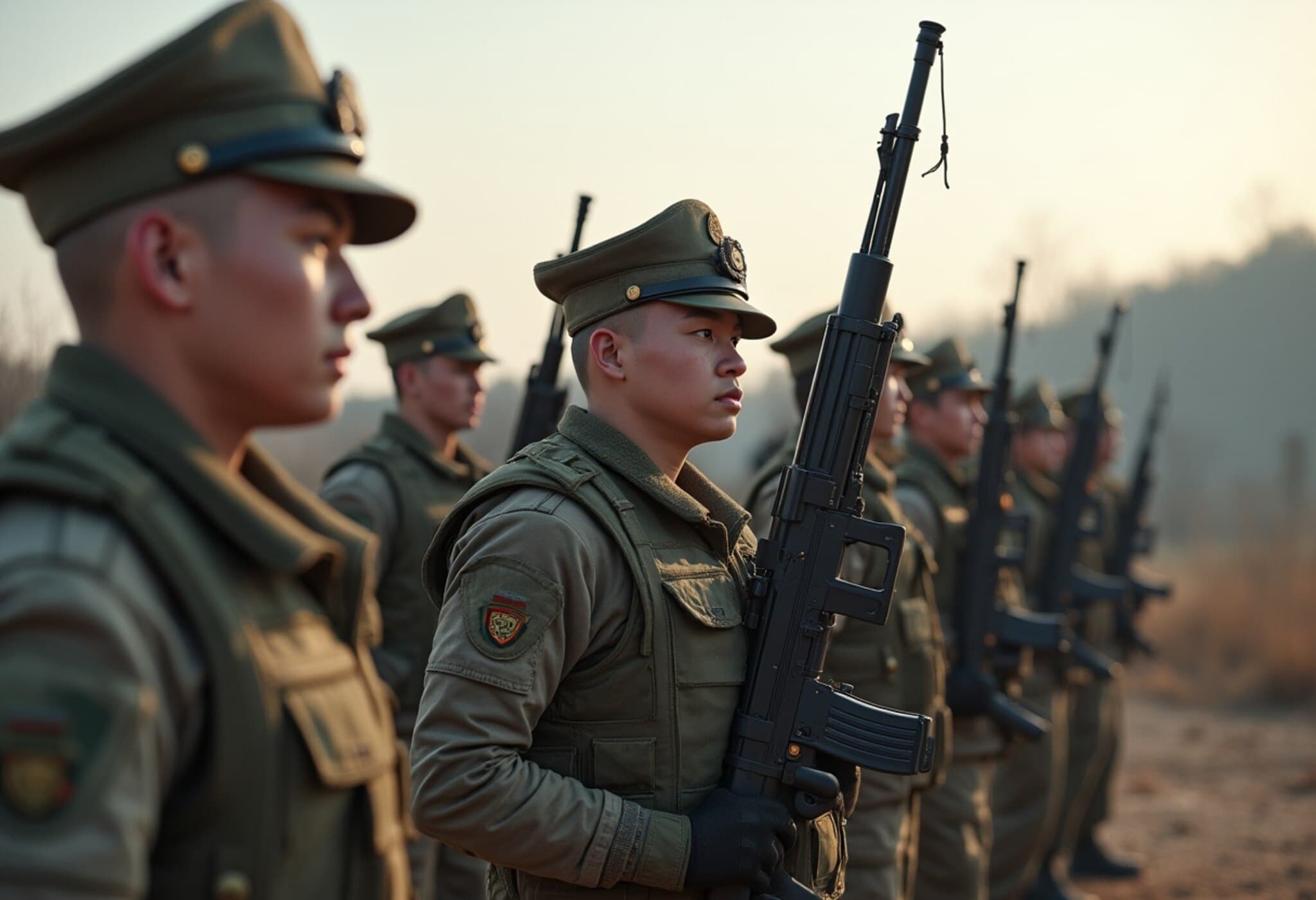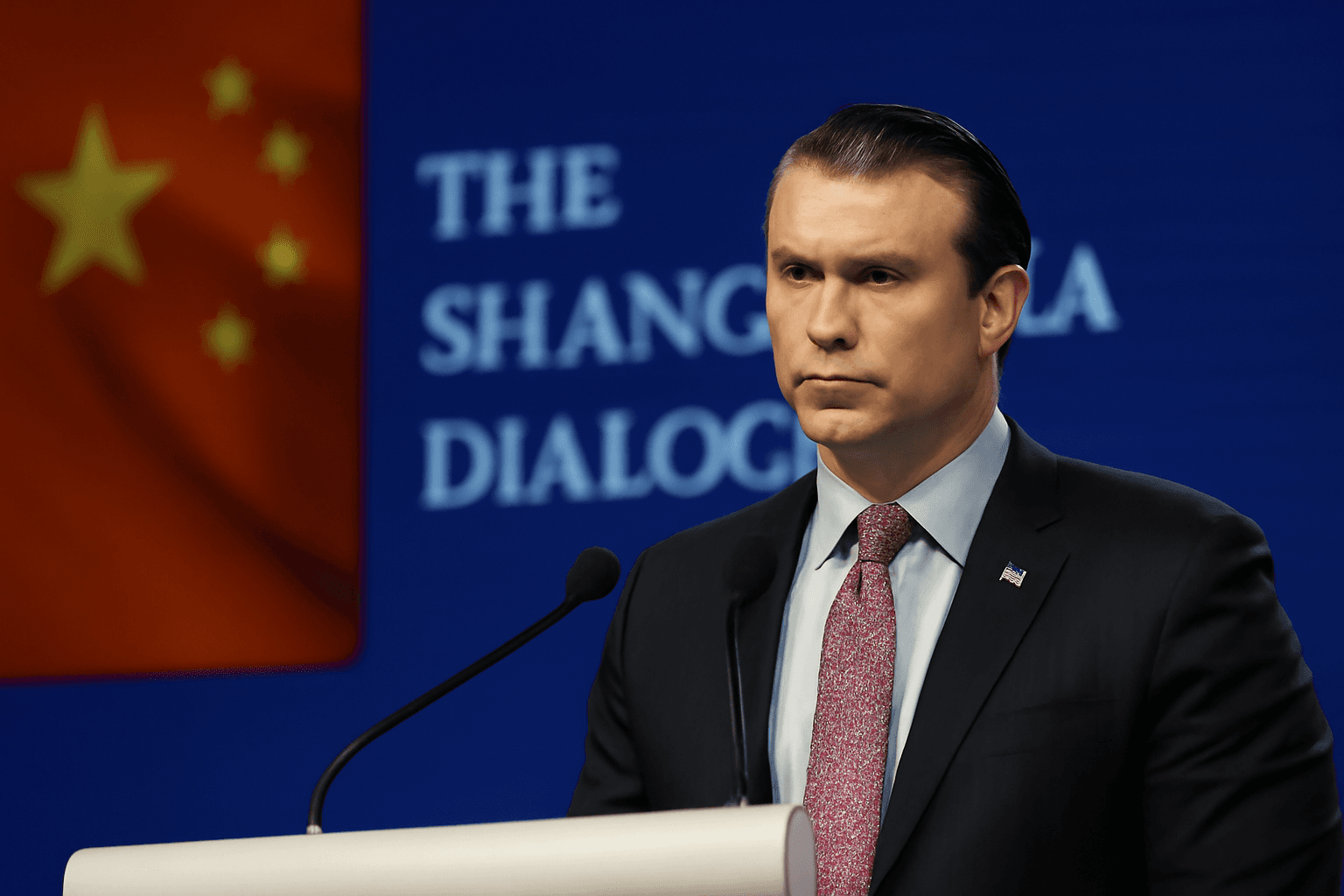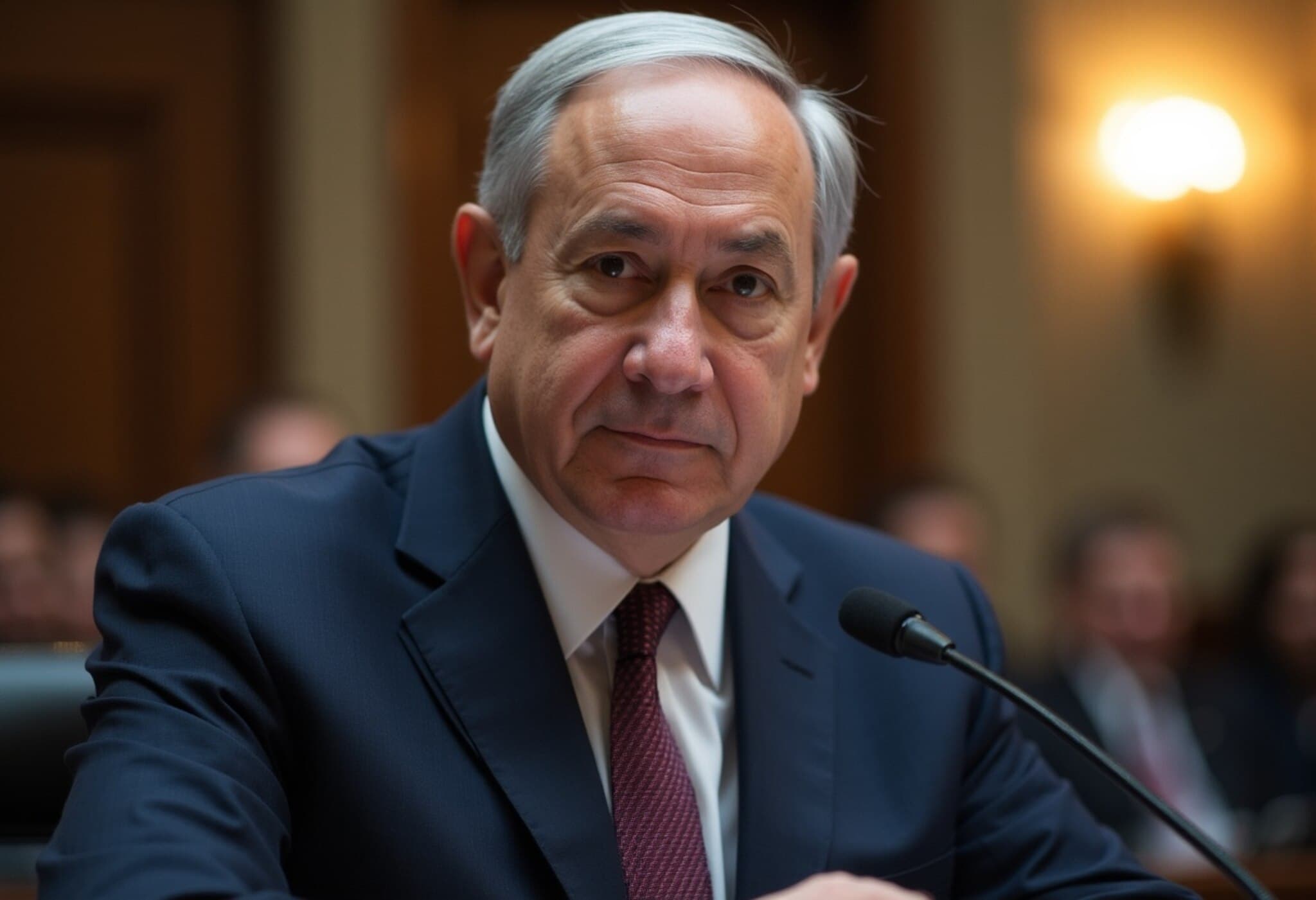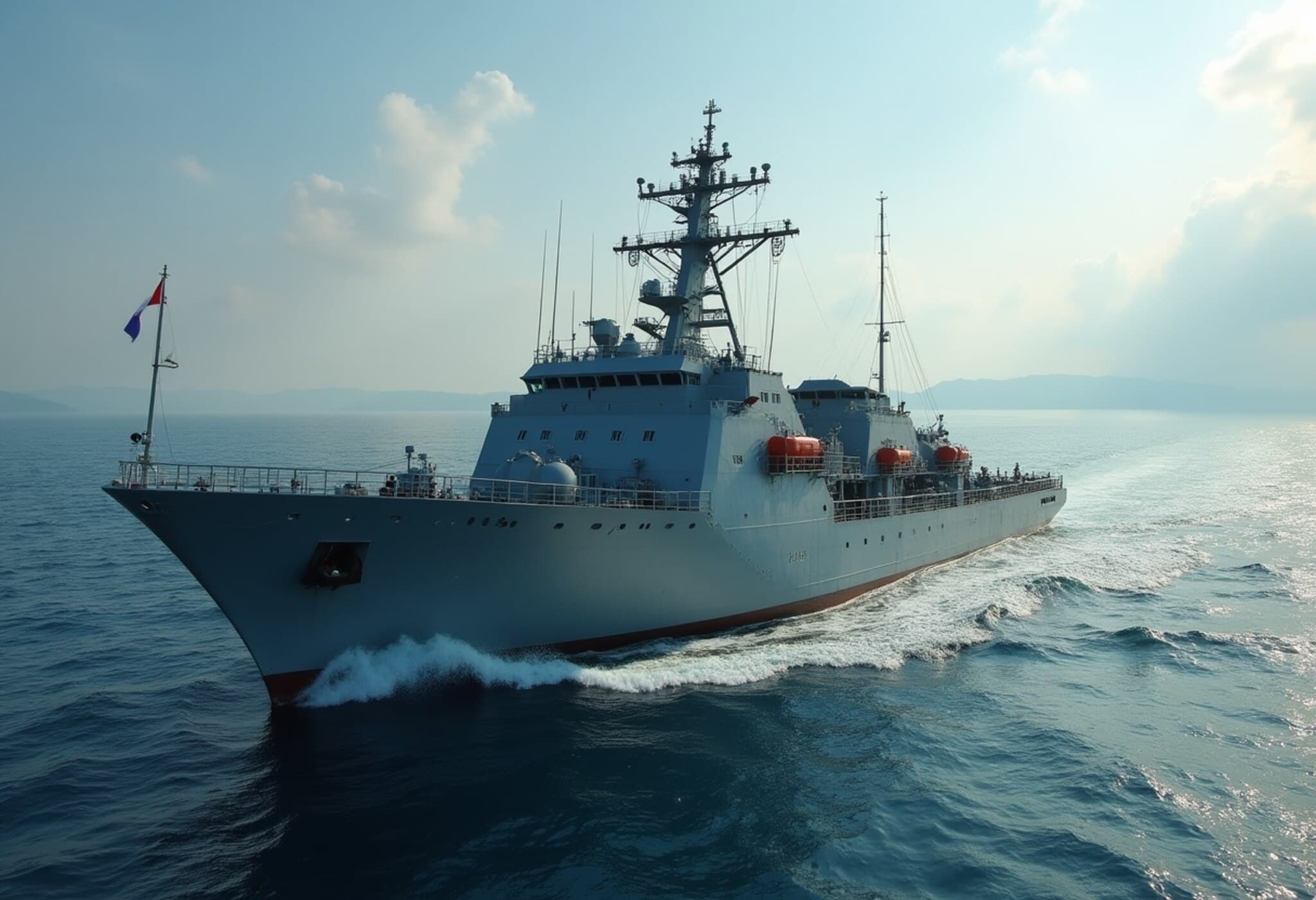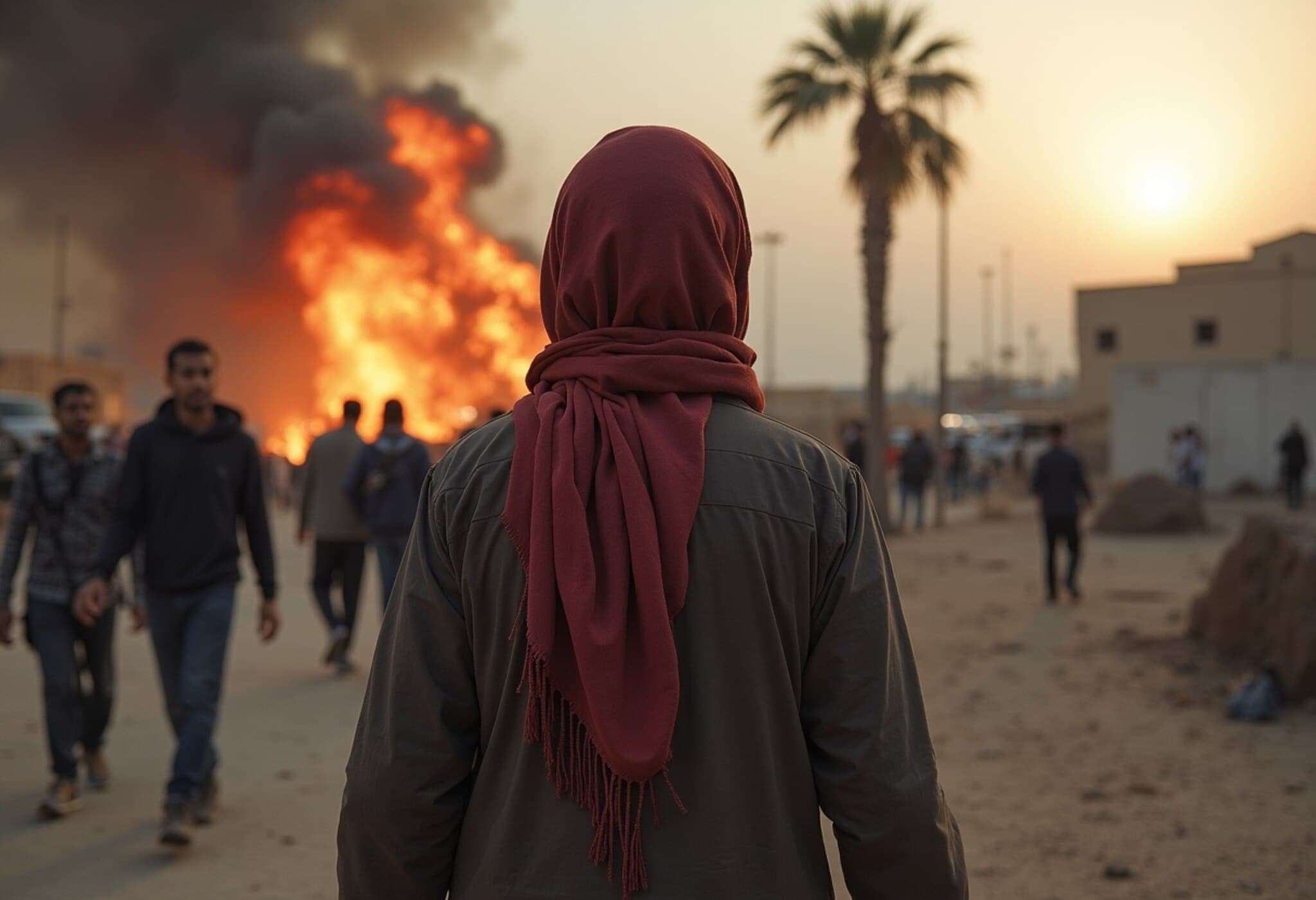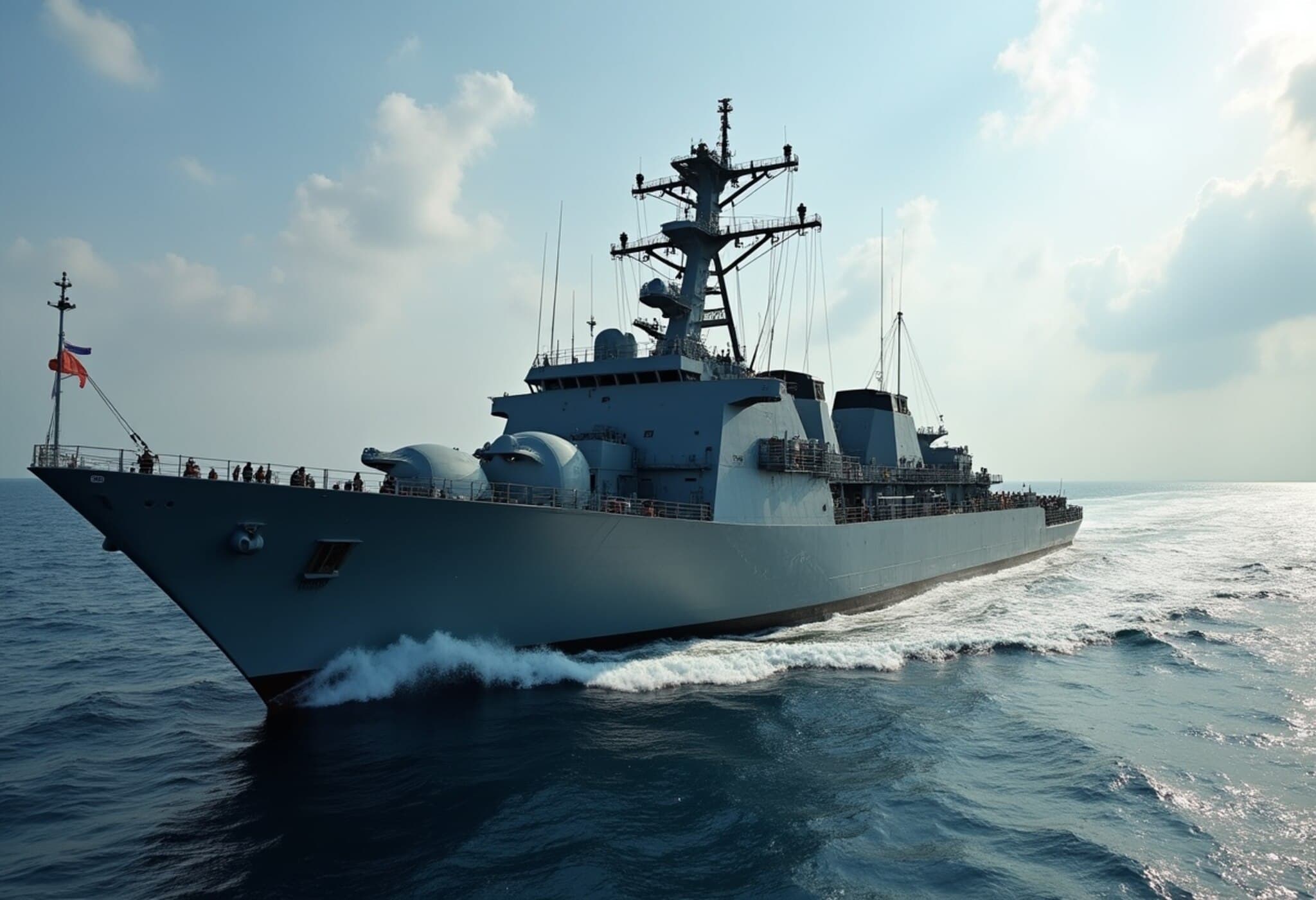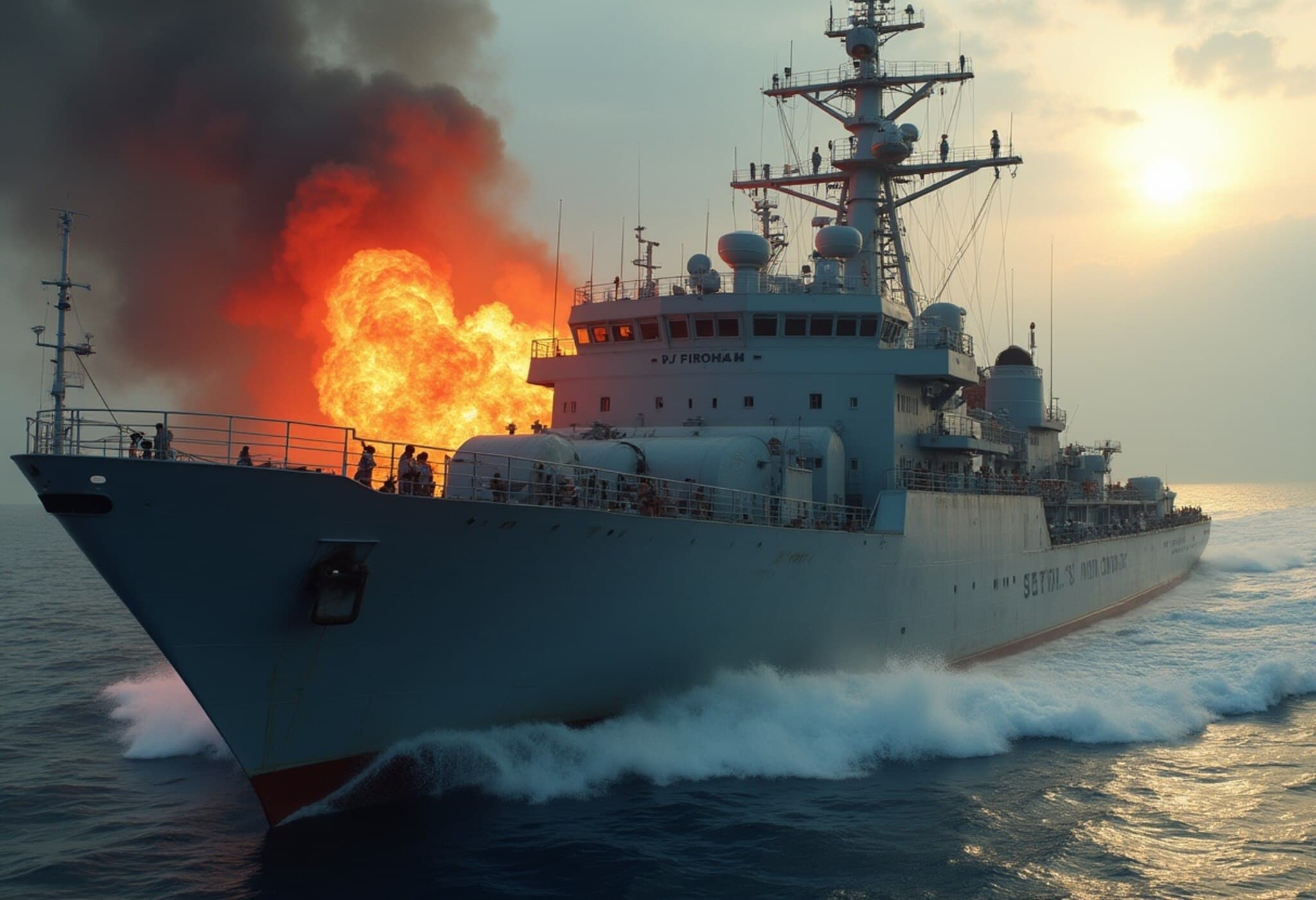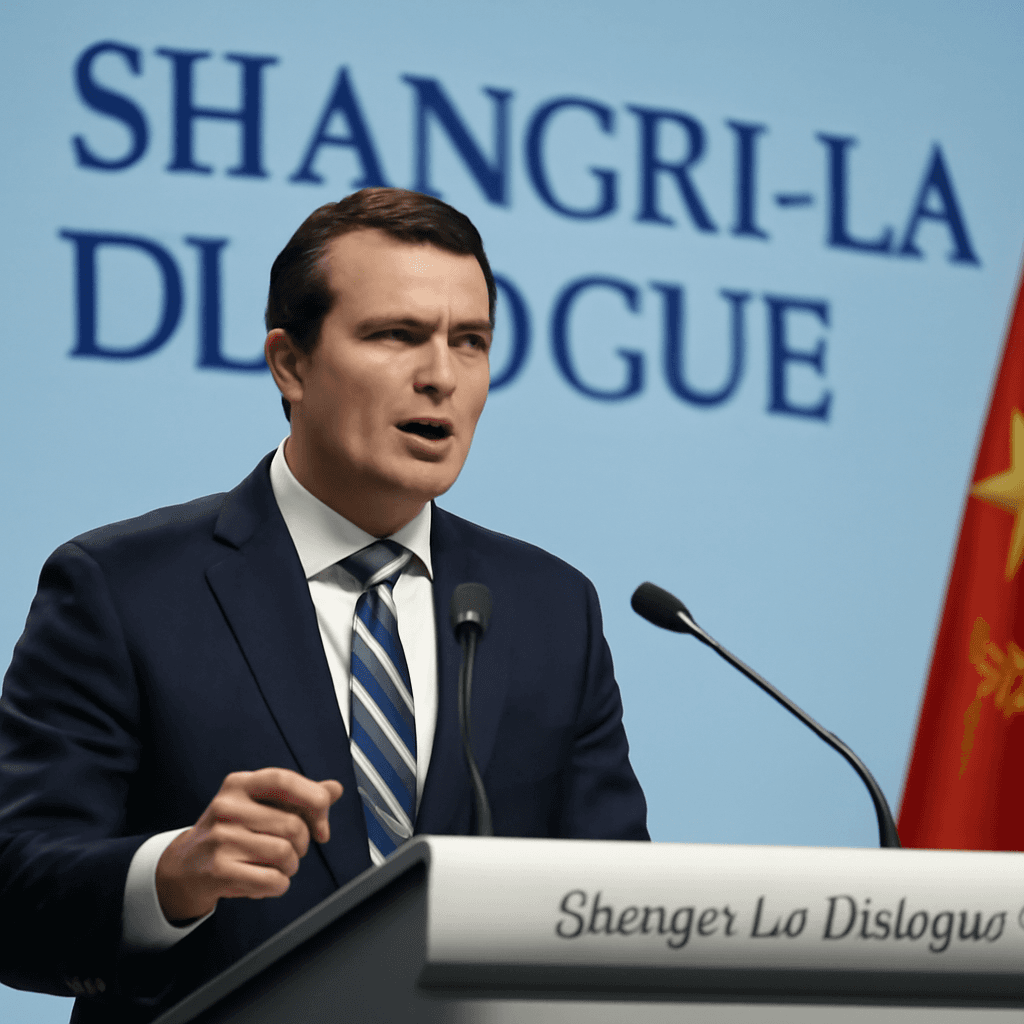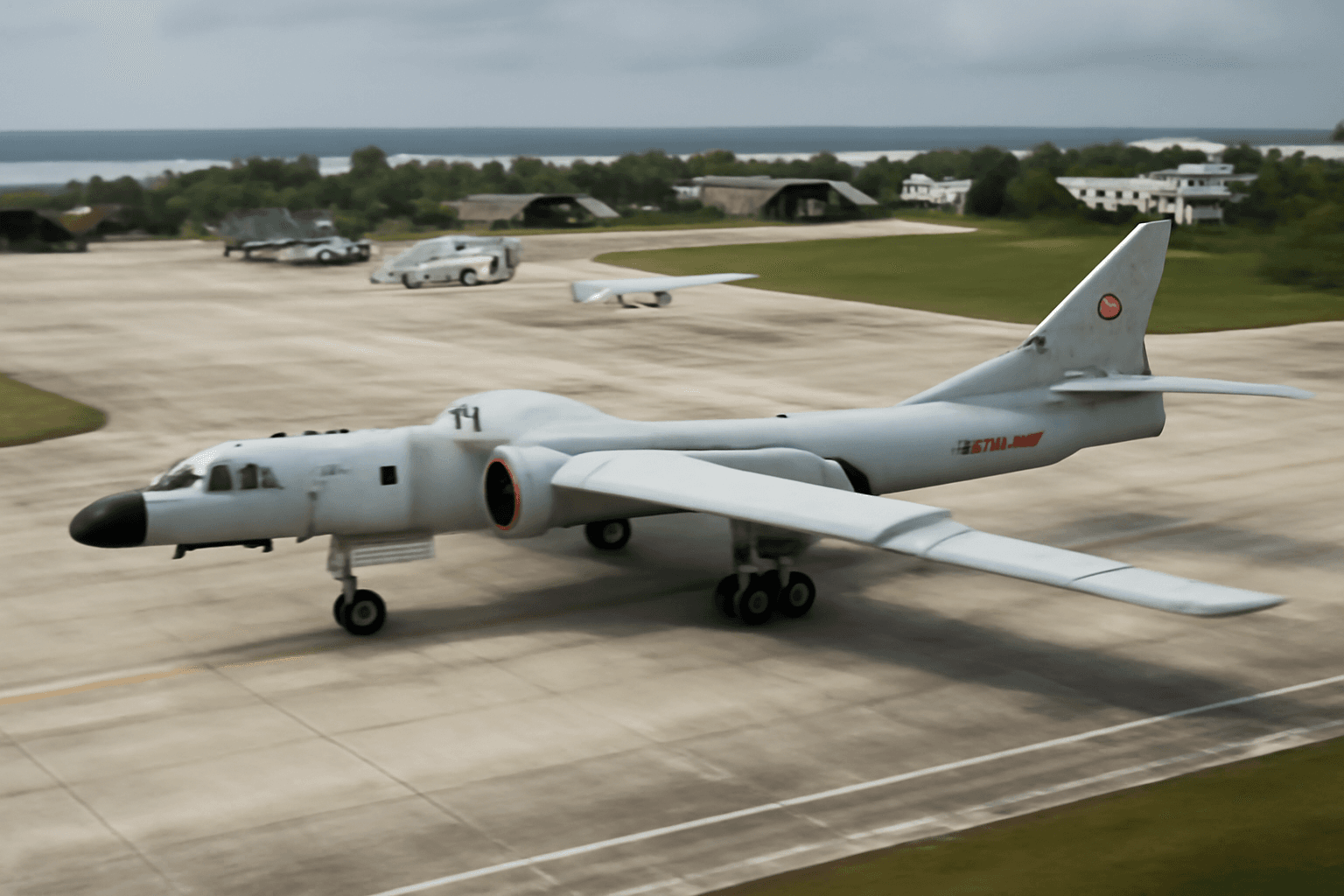China has significantly escalated its naval activities this May by deploying larger-than-usual fleets comprising naval warships, coast guard vessels, and other maritime assets across key East Asian waters. According to regional security officials and military documents reviewed by Reuters, these deployments have spanned areas near Taiwan, southern Japanese islands, as well as the East and South China Seas.
Notably, on May 21 and May 27, China deployed nearly 60 and over 70 ships respectively, with approximately 75% of these being naval vessels including guided-missile frigates, destroyers, and coast guard boats. The deployments also involved two aircraft carrier groups: the Shandong operating within the South China Sea and the Liaoning positioned off Taiwan's southeastern coast.
One regional security source noted, "China is exerting pressure along the first island chain amid rising global geopolitical tensions," referring to the strategic arc extending from Japan through Taiwan and the Philippines down to Borneo, encompassing waters adjacent to China's coastline. The intensified activity aims to assert Beijing's dominance over these maritime domains.
Drills conducted by the Liaoning in May reportedly simulated attacks on foreign naval and air assets around the East China Sea and Yellow Sea, underscoring a clear signal of power projection. Another security official confirmed a marked increase in Chinese naval presence this month, emphasizing China's desire to demonstrate operational freedom in its claimed home waters.
Live-Fire Exercises and Regional Responses
In the past two weeks, China declared several live-fire drill zones off its coast, including an area directly facing southwestern Taiwan. State media broadcast amphibious exercises taking place in Fujian province, located across the Taiwan Strait, without specifying exact locations.
Japan has closely monitored the Liaoning and accompanying vessels as they navigated through the southern Japanese archipelago into the Western Pacific. Japan's Chief Cabinet Secretary Yoshimasa Hayashi stated that Beijing appears intent on enhancing its capability for extended operations far from its coastline. He pledged sustained Japanese vigilance through monitoring and surveillance efforts.
Responding from Beijing, Chinese Foreign Ministry spokesperson Mao Ning asserted that these naval activities comply with international law and urged Japan to adopt an objective and rational perspective.
Ongoing South China Sea Tensions
China's intensified maritime presence also continues to challenge the Philippines in the South China Sea. Chinese authorities called on the Philippines to cease activities they characterize as infringements and provocations. Meanwhile, the Philippine Navy criticized China's "illegal presence" as destabilizing to regional peace and contradictory to China’s stated commitment to a peaceful rise.
These military escalations coincide with Taiwan President Lai Ching-te's recent one-year term anniversary. Beijing has previously denounced Lai as a "separatist" and conducted three major military drills since his inauguration. Taiwan’s defense ministry confirmed the presence of the Liaoning off its southeast coast and announced plans to raise combat readiness consistent with the heightened threat level.
The mounting naval maneuvers underscore the fragile security environment in East Asia, reflecting broader geopolitical contestation in the region.

